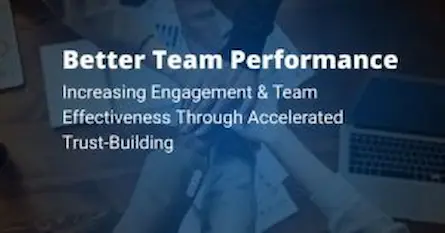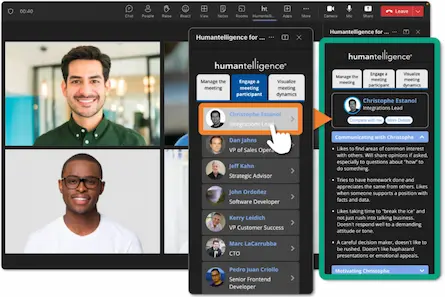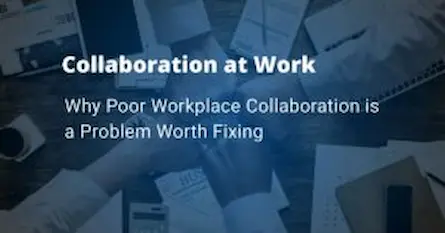
People Before Perks: 10 Tips for People-centric Performance Reviews
- Admin
- Collaboration , Performance Reviews
- 03 Jan, 2023
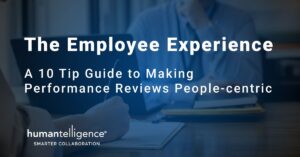
A new year is upon us, and for HR, you know what that means…performance review prep - what fun! We know what you’re thinking but seriously, they can be fun when managers perform them effectively. Good performance reviews put people first. They assess how employees are doing in their current roles, ensure they feel supported, improve employee/manager relations, and provide team members with clear direction when it comes to the competencies in which they need to improve.
Monitoring employee performance also helps management teams identify skills gaps and learning opportunities, assign training budgets, and identify hiring needs. Employee performance reviews are important for every business, but their effectiveness depends on how they are conducted. They can empower your employees to reach new heights – or they could drive them away. And with employee engagement at an all-time low, you’ll want to be sure your performance reviews are as effective as possible.
The Goal of Performance Reviews
A people-centric review process, similar to a people-centric onboarding process, helps your employees identify growth opportunities and potential areas of improvement without damaging employee-manager relations. Still, writing and conducting a strong review isn’t easy. Managers often don’t receive enough guidance on what an effective and comprehensive review looks like.
Compounding the problem, small businesses frequently struggle with limited resources. For example, for a company with 1,000 employees to conduct accurate and helpful performance reviews, a full-time HR staff of 14 is ideal — sounds luxurious, doesn’t it! Regardless of how frequently or in what manner your company conducts performance reviews, these review meetings should benefit employees and managers alike.
Workers gain a better understanding of what they are doing well and where they can improve. They can ask questions, gain clarity, or provide feedback to their managers — without the fear or retribution. Similarly, managers have the opportunity to communicate expectations with their team, identify their highest performers, correct issues before they escalate, and increase engagement and motivation. In this article, we’ll share with you the 10 best tips for making sure your performance reviews make the right kind of impact on team members.
Tip 1: Include these Areas in Employee Performance Reviews
As you prepare your team and people managers to conduct their reviews, here are some helpful reminders to build into your managers’ prep plans. Most employee reviews include assessment of these skills:
- Communication
- Collaboration and teamwork
- Problem-solving
- Quality and accuracy of work
- Ability to accomplish goals and meet deadlines
After addressing the key areas, you’ll need to evaluate and weigh each to get a picture of the employee’s overall performance. The way you format and organize this information is up to you as well as your company’s needs. Some organizations use a grading system of A through F, numerical scoring or percentages, or written descriptions (e.g., “most of the time,” “some of the time”). Whichever system you use, make sure that it is objective and easy to understand.
Don’t forget to remind your managers to set up time with employees to discuss their findings. It can be helpful to have a written copy of the evaluation to reference and keep your meeting on track. They should deliver transparent feedback, with examples where appropriate, and allot enough time for the employee to ask questions or deliver feedback. Encourage your managers to consider this a two-way conversation.
Tip 2: Be Clear & Objective
An effective performance review is a chance for managers and employees to start a two-way conversation, communicate clearly, and set tangible goals. After performance reviews, people should understand what’s expected of them and how they’re progressing in their roles. Here are a few pointers to train managers on communicating clearly:
- Keep language simple and clear — especially when offering constructive feedback
- Make development goals objective and measurable, so that employees can track progress
Tip 3: Conduct Performance Reviews Frequently
If you want to foster employee success, you should branch beyond the more traditional annual review. So much can change in your organization or with your employees in one year. It’s important to stay aligned and to keep communication open during those changes, not just during annual employee performance reviews.
We recommend quarterly or even monthly performance conversations, paired with a year-end or annual review of general themes, notes, progress, and next steps. This allows managers and employees to stay on the same page about goals, progress, and performance. It also helps:
- Employees understand exactly where they stand and what to do to improve Managers provide real-time coaching to help employees overcome obstacles
- Organizations benefit from a constant flow of data on individual and team performance
Many organizations are turned off by a quarterly or monthly performance review cadence because it feels like a hefty time commitment. But if you’re having frequent conversations, they don’t need to be long, robust, or comprehensive to be effective. The result of more frequent conversations is ensuring no surprises during an annual review.
Tip 4: Make Time for 1:1 Meetings
While clear and objective language is important, it can also at times come across as sounding cold. To combat this, create an environment of trust one-on-one with your team members. It may be tempting to just check in when your team is gathered together — especially if you only have a few direct reports or they all have similar goals and tasks. However, taking the time to review each employee individually is crucial because:
- People have different career goals and need individualized support
- Employees welcome 1:1 time with their managers to improve rapport
- Individuals may wish to speak privately about particular goals or struggles
- Employee strengths and difficulties vary, even if they’re on the same team
Tip 5: Encourage the Following Kind of Performance Review Questions
One way to determine what makes for a good performance review question is by comparing it to Gallup’s 12 elements of employee engagement, or Q12. You may recognize these affirming statements from the well-known business advice book, First, Break All the Rules.
The 12 Elements of Employee Engagement
- I know what is expected of me at work.
- I have the materials and equipment I need to do my work right.
- At work, I have the opportunity to do what I do best every day.
- In the last seven days, I have received recognition or praise for doing good work.
- My supervisor, or someone at work, seems to care about me as a person.
- There is someone at work who encourages my development.
- At work, my opinions seem to count.
- The mission or purpose of my company makes me feel my job is important.
- My associates or fellow employees are committed to doing quality work.
- I have a best friend at work.
- In the last six months, someone at work has talked to me about my progress.
- This last year, I have had opportunities at work to learn and grow.
Source: Gallup
If you’re looking for a way to develop your own performance review questions, one idea is to create questions that gauge whether or not one of the twelve engagement statements is true or false. If you want more detail, or a result that you can track over time, turn a yes/no question into a scored response. Going even further, if you are seeking action items like areas to improve upon or where you can recognize achievement, ask for a response in the form of a list, or, leave the response open-ended.
Best Questions for Performance Reviews
These questions are for employees to answer during a self-assessment section of the review process.
- What experience, project, or action are you most proud of since the last review? Which of our company values did you live best in the last few months? How has your manager helped you achieve your goals during the past few months?
- What do you enjoy most about the work you do?
- What corporate/personal goals did you accomplish? Which goals fell short?
- What skill or knowledge do people on your team or at the company rely on you to provide?
- What project/goal(s) would you like to focus on in the next quarter/six months/year?
- How were you able to contribute to the company’s current goal of [creating a more inclusive culture, closing more sales, launching a new marketing campaign, etc.]?
- What would colleagues or clients say about their recent interactions with you?
- What attributes do I contribute that make up our culture?
Best Employee Performance Review Questions for Managers
These questions mirror those above but have been phrased to ask a manager about their employee. You can compare the manager’s answers to the employee’s and see if they’re aligned.
- Describe a meaningful contribution that [Name] has made since the last review.
- Which company value have you seen [Name] emulating well in the last few months?
- Describe how you have impacted [Name]’s ability to succeed and grow in their position.
- What types of projects does [Name] excel at?
- How has [Name] done with creating and meeting goals over the past few months?
- What role does [Name] have on the team and what impact have they had?
- What are some areas of focus/projects that could benefit [Name]?
- In what way(s) did [Name] contribute to the company’s current goal of [creating a more inclusive culture, closing more sales, launching a new marketing campaign, etc.]?
- What are some positive interactions you’ve noticed between [Name] and others?
Additional Performance Management Assessment Questions
Some of these are for employees or managers performing a self-assessment, while others are intended to assess the performance of an employee or manager. You can always be assessing and providing feedback to your employees using these question, when you employ a performance management system.
- Are you happy at {company name]?
- What special projects have you worked on this past quarter/year?
- In what ways can [manager/employee name] improve/help you?
- Would you recommend working here to your friends? Why or why not?
- How have you met corporate goals/values this quarter/year?
- How well have you achieved your goals this past quarter/year?
- What do you enjoy most about working for [manager/company name]?
- How do I show my focus on quality work?/How is [Name]’s quality of work?
- How do I show my focus on clients?/How does [Name] demonstrate a focus on client success?
- How do I show that I am solution-oriented and responsive in my role?/How does [Name] demonstrate that they are solution-oriented and responsive?
- What do you hope to be doing within the company one year from now? What about five years from now?
- What do you want your next position to be at this company?
- What is one recent project that you have made significant contributions to and how did you contribute?
- Looking back, how has your manager helped you improve and do your best work? Please share 1-2 examples.
- Going forward, what do you need from your manager to better support you in your role?
- Looking back, what have you done to encourage and support [Name] during the past three months?
- Going forward, what do you need in order to better support [Name] in doing their best work and/or achieving growth?
- What are your top three priorities for the next 6-12 months?
- What are your personal development goals (new skill, knowledge, work experience you’d like to acquire) to help you maximize your performance and potential?
- What training does [Name] need in order to improve? Do you feel comfortable taking risks and approaching your manager with new ideas? Why or why not?
- What training do you wish you had/would you like to have?
Tip 6: Personalize Your Communication During Performance Reviews
Yes, being clear and objective is important. But all the question in the world won’t make performance reviews impactful if you’re not personalizing your communication. Pay close attention to how you phrase your evaluations and communicate with employees. Meaningful and action-oriented words have a far greater impact in employee performance reviews than more standard phrases such as “good” or “satisfactory”.
Here are five words and expressions that will help you effectively highlight an employee’s contributions, based on James E. Neal’s Effective Phrases for Performance Appraisals (Neal Publications, 2009).
Achievement: Incorporate this into a phrase, such as “achieves optimal levels of performance with/for… “
Communication skills: Phrases like “effectively communicates expectations” or “excels in facilitating group discussions” go a long way with an employee.
Creativity: Appreciating employees’ creative side can make for happier, more motivated staff. In a performance evaluation, try phrases like “seeks creative alternatives,” followed by specific examples and results.
Improvement: Employees like hearing that they are improving and that it’s being noticed. “Continues to grow and improve” and “is continuously planning for improvement” are two constructive phrases to use in a performance review.
Management ability: Leadership skills and the ability to manage others are key to employee success. Phrases such as “provides support during periods of organizational change” carry weight with your employee.
Instead of using terms like “good” or “excellent” in a review, opt for more measurement-oriented language. Words like “excels,” “exhibits,” “demonstrates,” “grasps,” “generates,” “manages,” “possesses,” “communicates,” “monitors,” “directs” and “achieves” are more meaningful.
As an added bonus, you can take your communication to the next level by leveraging emotional intelligence data. To do it, it just takes a simple plug-in tool, and you have the insights needed to communicate with impact and effectiveness — especially in sensitive situations. When you focus on how you communicate, when you provide provide, and the kinds of questions you ask, you’ll find your employee performance reviews go more smoothly than ever before.
Tip 7: Acknowledge Strengths during Performance Reviews
Performance reviews aren’t just for spotting what needs improvement — they’re also fantastic opportunities to give credit to your staff for their strengths and achievements, which can often go overlook or unacknowledged during performance reviews. To give employee strengths proper acknowledgment:
- Include strengths in your review form
- Give good ratings freely and avoid focusing only on areas for improvement
- Discuss how the employee has built and maintained their strengths
- Consider how the employee could transfer strengths to areas for improvement
- If appropriate, consider if the employee could use their strengths to encourage learning exchanges and coaching within the team
Tip 8: Empower with Employee Assessments
Performance reviews work best if it’s collaborative rather than top-down process. It’s important to provide team members with the kinds of tools that can shed light on their strengths, tendencies, motivators, and work energizers. Consider providing self-assessments prior to performance reviews. Here’s how you can ensure employees are actively participating in their appraisals:
- Offer staff a chance to prepare a self-assessment so they can take stock of their progress
- Give employees ownership and responsibility for their own development and progression
- Discuss employee, peer, and management scores to get a clear understanding of their context
- Ask employees for their insights on how they align with their role, department and the company
Tip 9: Be Aware of Biases
We all have it — biases. We need to be aware of it in order for performance reviews to be as objective as possible. While they must be personalized according to employee strengths and roles, they should still be fair, clear, and objective. Check out these tips to reduce bias in your employee appraisals:
- Create questions and criteria that take a long view of the review cycle (and previous cycles) rather than simply focusing on recent performance or projects. That will avoid recency bias — i.e., focusing only on recent achievements or issues.
- Avoid unconscious bias and work to ensure you’re not judging an employee based on your own strengths, abilities, experiences, or personal traits (even if unintentionally).
- Ensure you evaluate employee achievements based on work quality rather than quantity. For example, the effort they put into a campaign, rather than only results or number of campaigns launched.
- If you’re conducting several reviews in quick succession, avoid comparing one employee to another. Each person deserves to have their work evaluated based on individual strengths, merits, and development needs.
- Avoid making conclusions abruptly or without context. If an employee appears disengaged one day, that doesn’t mean they don’t care. They may have had a bad morning or be experiencing problems at home.
- Try not to let your personal view of the employee impact your judgment. Their performance review is about their career progression and overall skills — not your personal feelings.
Tip 10: Keep Feedback Flowing After Performance Reviews
In all honesty, performance reviews typically happen once, maybe twice a year, but that does not mean that feedback should be limited to those short review periods. You should encourage your managers to offer consistent assessments throughout the year. Not only does it ensure no surprises when it’s annual review time, but it also helps to motivate and engage your employees.
Don’t catch your people off guard in a performance review. This should not be the first time that they are hearing from you that they are not performing as expected. Be clear in writing, calendar invites, and in setting expectations for the review meeting.
You should also take constant notes on employee performance – especially when there are no performance reviews on the horizon. Employees deserve a robust assessment of their work for the entire period being covered.
Far too many performance reviews are based only on what the manager can remember from the last few weeks before the evaluations are due to HR. Managers have to be intentional about taking and filing notes. A great way to keep feedback ongoing is through the use of an employee engagement suite, where managers and employees can continually assess performance and improvement.
Performance Reviews for Top Performers Are Necessary Too
Don’t neglect your top performers. If you’re only addressing issues or focusing on the employees who aren’t performing, you’re missing an opportunity to express gratitude to those who shape the innovation, creativity, and culture within your company. While it’s true they may not need as much guidance as other employees, these individuals could lose their passion or motivation if they are not occasionally recognized.
Highly valuable employees who do their job and do it well are often not the priority of concern in performance review cycles, resulting in missed opportunities to communicate how much the organization values the drive and the results of its top performers. And no need to wait for the employee performance reviews to do it. For instance, an unexpected ‘keep up the great work’ email or a quick phone call or text sends a consistent signal to your employee that you are paying attention and value what they do.
In the end, it’s crucial to maintain momentum after performance reviews, making sure that promises and objectives laid out during the process aren’t quickly forgotten.
A manager should work with the employee to set up deadlines or objectives for each tangible next step — and remember to check in. Keep employees informed on what you’re doing on your side, like setting up training or finding additional hires, and be transparent about changes or roadblocks. Happy reviewing!
-Medium-Quality.ZFp5mEuF_Z2gtxq3.webp)
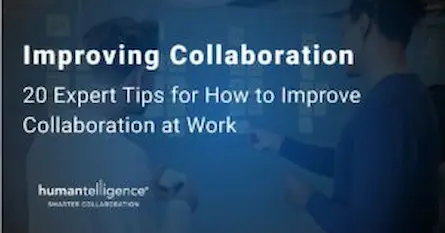
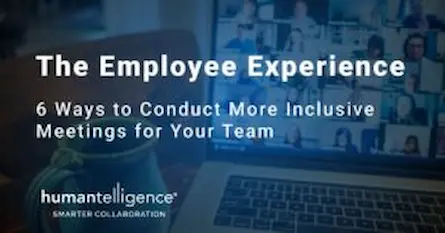
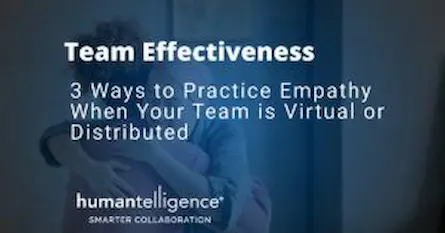
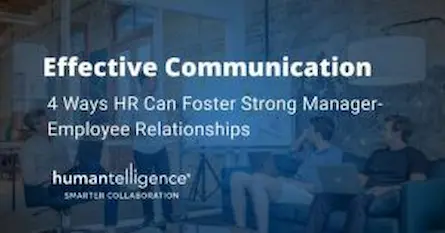
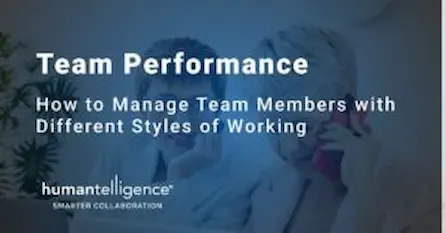






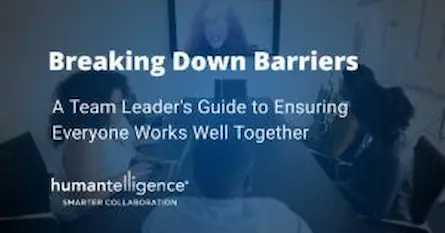


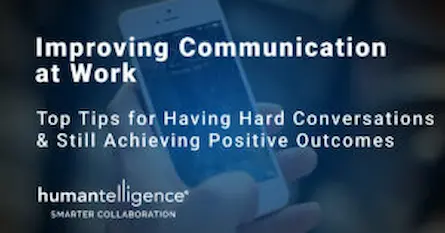
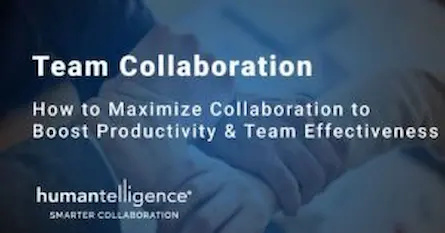


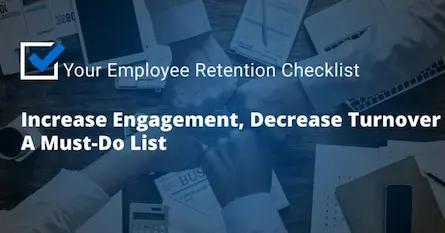
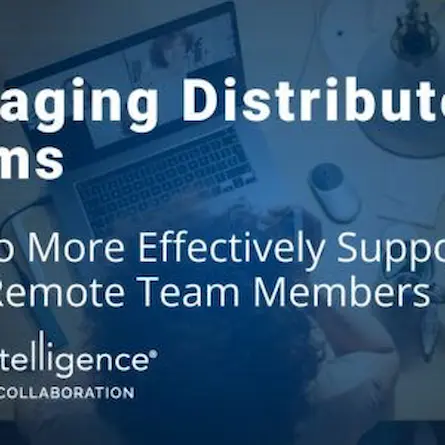
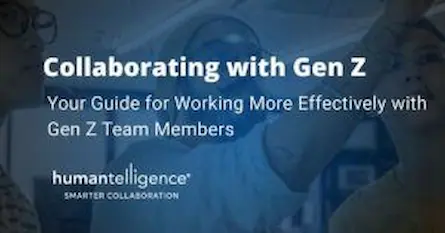



.CiqwvMOO_Z12wK7T.webp)

